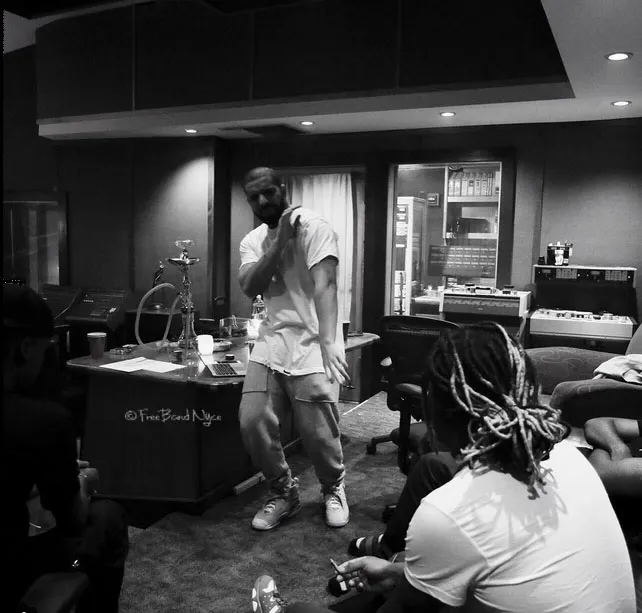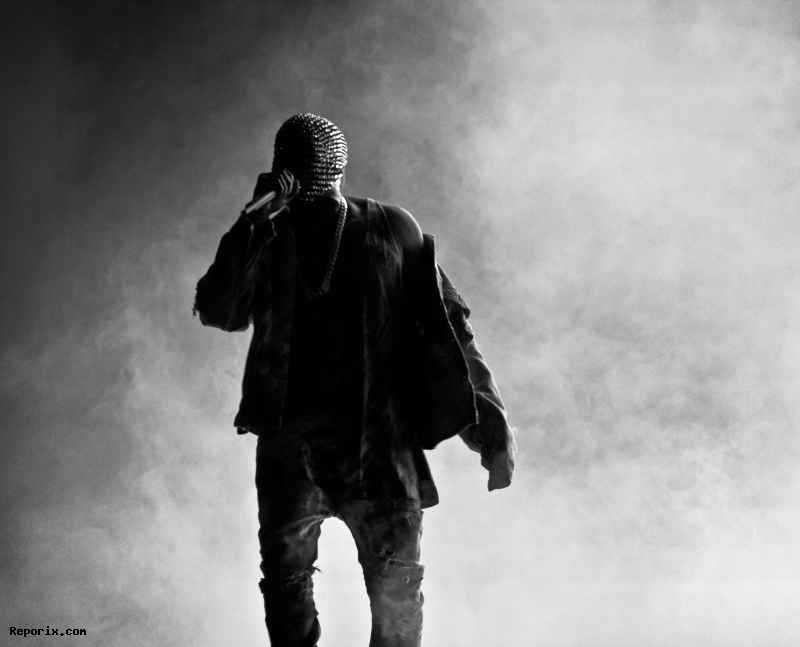full ten years have passed since that Sunday night when Drake and Future dropped a bombshell on the music world. On September 20, 2015, they gave us their collaborative mixtape, What a Time to Be Alive. And honestly, thinking about it now, it still feels as big of a moment as it did back then. It wasn't just an album; it was a perfect storm of creativity and timing.
To really get why this album was so massive, you have to remember where both artists were at that moment. Drake was the king of everything. He had just dropped his surprise project If You're Reading This It's Too Late and had already won the hip-hop world with his back-to-back diss tracks against Meek Mill. He was on top of the world, and it seemed like nothing could stop him. On the other side, Future was in the middle of a legendary run. He had just released his album DS2, a project that cemented his place as a superstar and a true leader of the trap sound. He was raw, gritty, and had a vibe that nobody else could touch. So, when rumors started that these two were working together, it felt like something out of a movie—the two titans of the genre joining forces.
The album was famously recorded in just six days in Atlanta, which is wild when you think about it. That rushed, urgent energy is what makes the whole project feel so alive. The true mastermind behind the sound was Metro Boomin, who produced most of the tracks. He created this dark, atmospheric world of heavy bass and sharp beats that was the perfect meeting point for both artists. It didn’t sound like a typical Drake album, and it didn't sound like a typical Future album. It was a new thing entirely, with each artist pushing the other into new and exciting territory. Drake got to flex on harder-hitting beats, while Future got to show he could stand toe-to-toe with the world's most popular artist.
And the songs? They are now part of our culture. The album starts with "Digital Dash," a fast, high-energy track that immediately grabs your attention and lets you know this is a different kind of project. Then you get to "Jumpman," which is arguably the biggest hit. The beat is so simple and bouncy, and the lyrics are so catchy that they became part of our everyday talk. You heard "I'm on a seafood diet, I see food and I eat it" everywhere, from parties to sports arenas. It was an anthem for winning. "Big Rings" was another pure celebration of success, a song that just screams "we're at the top and we're not sorry about it."
But the album also had a lot of depth. Take "Diamonds Dancing," for example. It's a long, epic track with a beat that changes, and it features one of the most memorable moments on the entire album: Drake's emotional and raw outro. He goes from being hurt to being dismissive, and it shows his incredible range as an artist. It proved that the album wasn't just a collection of party bangers; it had real feeling behind it.
A decade later, the legacy of What a Time to Be Alive is even clearer. It did so much more than just entertain us for a few months. First, it completely changed how albums were released. It helped perfect the surprise drop, a tactic that other artists still use today to create instant hype and conversation. Second, it created a sonic blueprint for the future of hip-hop. The way Drake's melodic style mixed with Metro Boomin's trap beats became a common sound for many artists who came after. It showed that artists could blend different worlds together and create something that everyone would love.
It wasn’t just a moment in music history—it was a moment that helped shape the future of music. It showed that when two giants come together at their peak, they can create something that lasts forever. Ten years later, we’re still talking about it, listening to it, and remembering that it really was a time to be alive.




